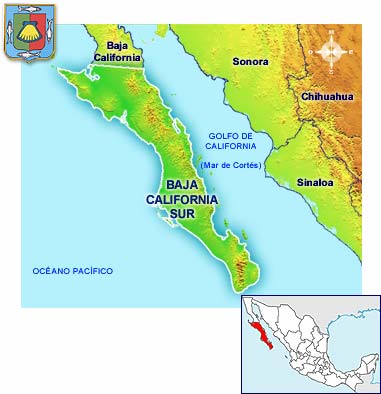The
great influence of the catholic evangelization in Mexico’s traditions is
evident in all the patron saint celebrations held in all the cities and towns
throughout the country, and BCS is no exception.
The indigenous ethnic groups of the region
were almost exterminated by the end of the XVI century, mainly because of the
diseases brought by the Europeans during the Spanish conquest. Their customs and traditions were totally lost when the catholic
missions were built and the catholic religion was imposed by the priests.
Baptisms and First Communions are traditionally held during the patron saint celebrations. Mariachi music, popular dances, cock fights, and horse races are some of the activities that take place as well.
Baptisms and First Communions are traditionally held during the patron saint celebrations. Mariachi music, popular dances, cock fights, and horse races are some of the activities that take place as well.
San Jose del Cabo, San Francisco Javier, San
Bartola, Santa Rosalia, La Purisima, Miraflores and Todos Santos are the
largest patron saint celebrations of the state.
Sports are another tradition in the state. The Baja California Olympics are held here, though in the past years they have been struggling due to lack in infrastructure and promotion. In 2007 the state government announced a four year development plan to prompt sports. It includes the construction of a sports complex in Cabo San Lucas with a football field for 10,000 fans; an athletic field in Comondu, and a sports complex in Guerrero Negro, among others. In Bahia de La Paz, water sports such as canoeing, sailing, and rowing are also gaining aficionados.
Sports are another tradition in the state. The Baja California Olympics are held here, though in the past years they have been struggling due to lack in infrastructure and promotion. In 2007 the state government announced a four year development plan to prompt sports. It includes the construction of a sports complex in Cabo San Lucas with a football field for 10,000 fans; an athletic field in Comondu, and a sports complex in Guerrero Negro, among others. In Bahia de La Paz, water sports such as canoeing, sailing, and rowing are also gaining aficionados.









